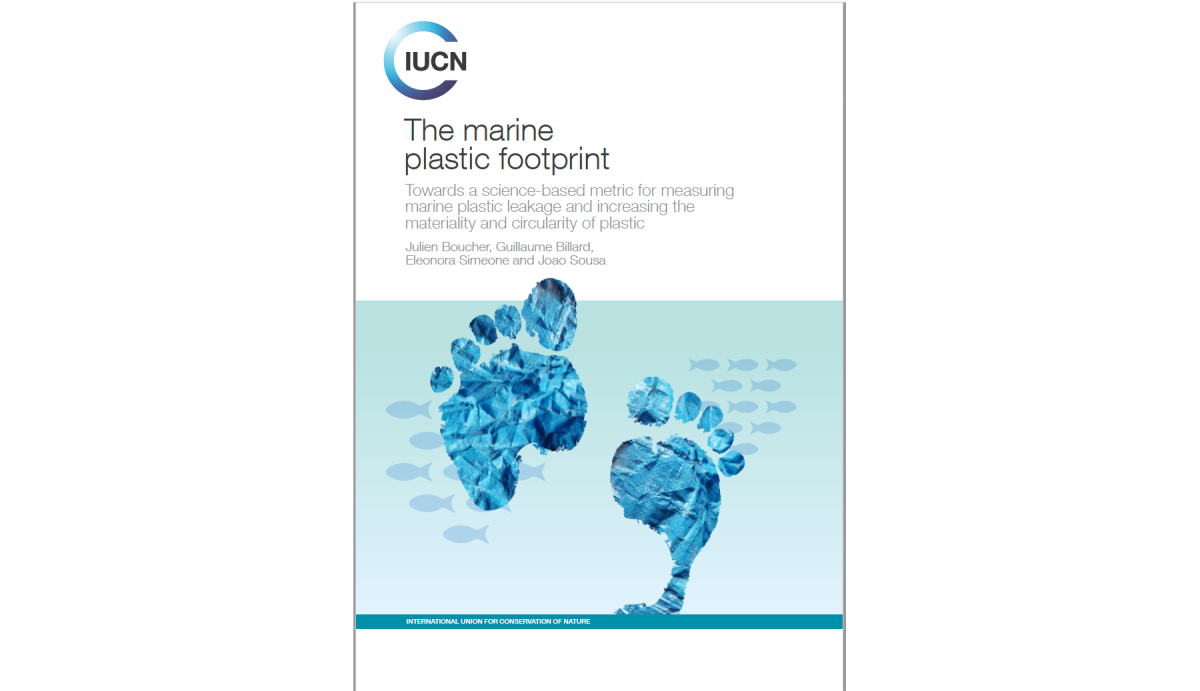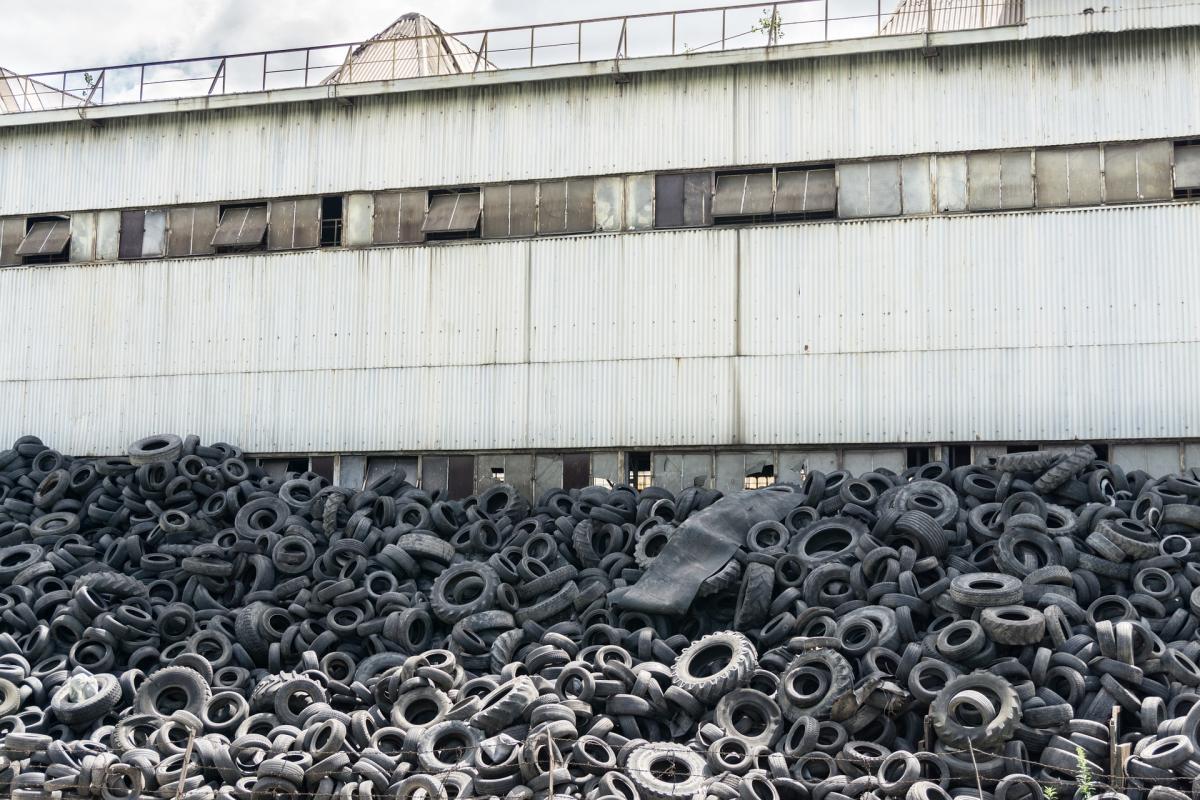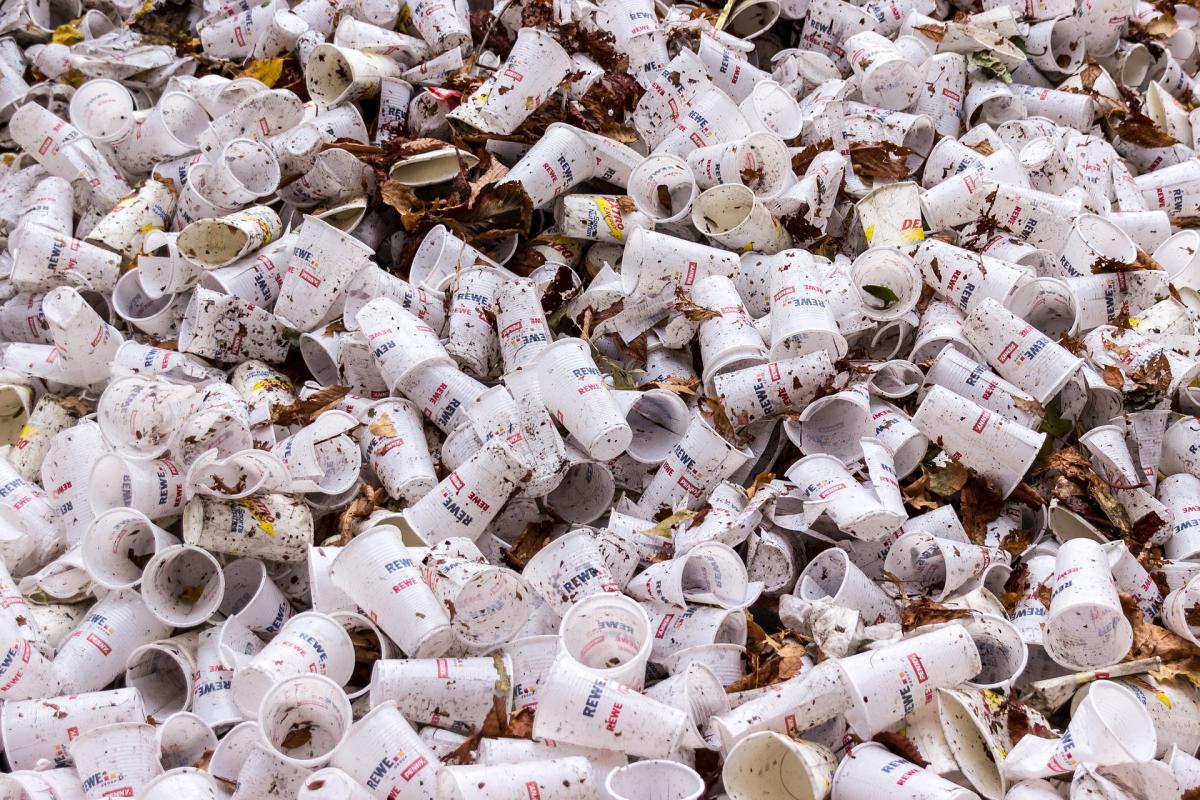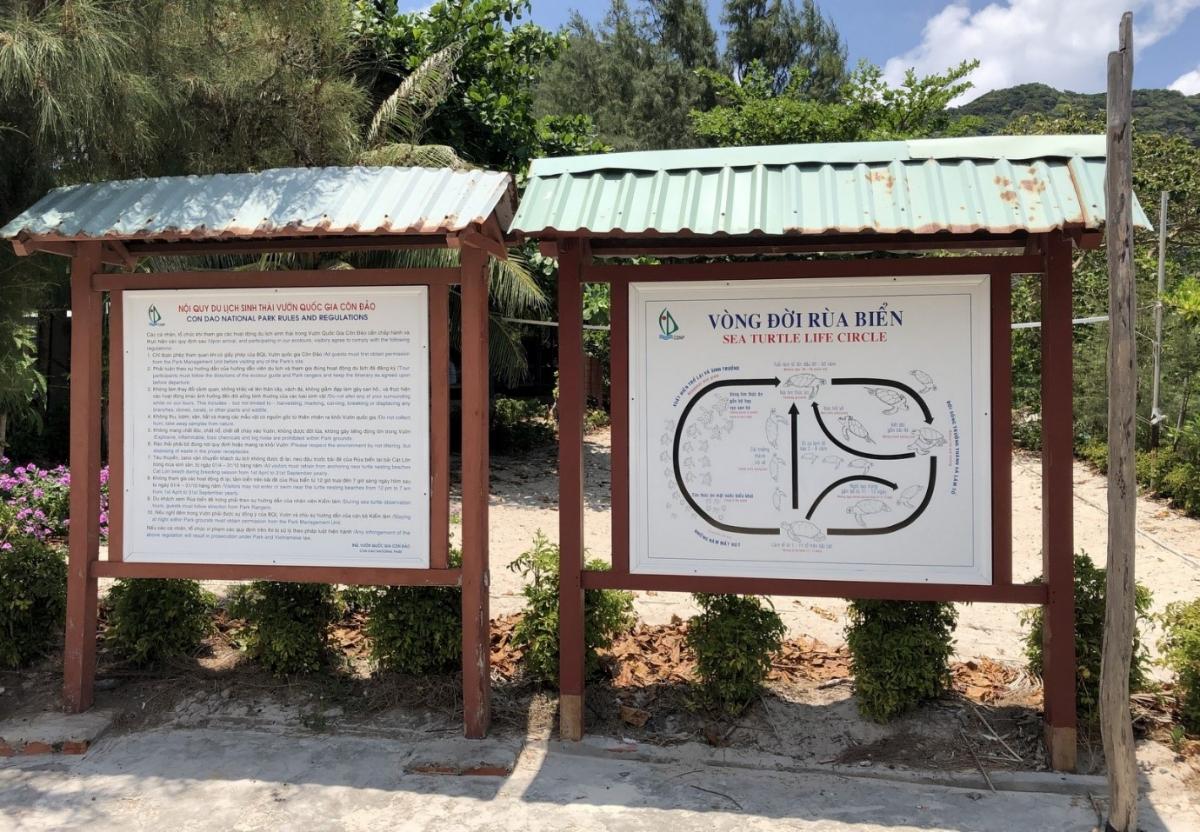The Marine Plastic Footprint report: calculating the millions of tonnes that end up in the oceans
In The Marine Plastic Footprint, Joao Sousa of IUCN introduces new measures to understand and calculate the frightening leakage of plastic into the marine environment - by following its movement through every stage from production to waste to final destination.
Three integrated case studies show leakage in the Baltic geographic region, from the textile industry, and finally from the packaging industry.
The Plastic Footprint offers a method for calculation
12 million tonnes of plastic are leaking into the ocean every year, causing an unprecedented environmental crisis. This leakage starts during production, moves through transport to consumer usage, waste, and finally, the leakage of plastic into the world's oceans.
This plastic leakage is known as the Marine Plastic Footprint. This report offers, for the first time, a comprehensive framework to measure that Footprint, step-by-step, using a life-cycle perspective.
Generic data is given that can be used to calculate this leakage for a defined list of identified sources, including plastic waste, textile fibres, tyre dust, micro beads in cosmetics, fishing nets, and others.
For business, not just governments and environmentalists
By providing means for the assessment of the marine plastic footprint, this reports hopes to support companies that are working towards setting sound priorities for action on the circularity and value of plastic. Forecasting metrics are needed to efficiently close the “plastic tap”, in other words, to stop the uncontrolled flow of plastic into the environment.
Key information
- A full set of calculation methods for estimating the Marine Plastic Footprint of products, companies, or countries. These calculations apply to macroplastics leaking from mismanaged waste and microplastics from four main sources (textile fibres, tyre dust, cosmetics, and production pellets)
- A case study of the textile industry that demonstrates how the Marine Plastic Footprint methodology can allow companies to set priorities by focusing on specific markets, life-cycle stages, or plastic sources. Such a tool will allow industries to more efficiently focus any investments and to bring improvements.
- A case study of the packaging industry that demonstrates that such a methodology can be used to effectively capture the efficiency of recycling and re-use. This shows that the proposed methodology is suited not only as a diagnostic tool, but also as a way to measure and monitor progress.
- A regional case study focusing on marine plastic leakage into the Baltic Sea, using Geographic Information Systems (GIS). The regional Marine Plastic Footprint of the Baltic Basin is estimated at approximatively 27,000 tonnes year-1, with a dominance of macroplastics in the leakage (22,120 tonnes year-1), followed by 5,452 tonnes of microplastics. Datafiles and shapefiles in .xlsx and .shp formats are provided in the appendix, allowing for each country that borders the Baltic basin to further analyse the data and develop local solutions.
- A generic dataset of factors (loss rates and release rates) to be used for calculating the Marine Plastic Footprint.
The approach
This report focuses on inventorying plastic flows into the marine environment only.
It does not look at plastic releases into the terrestrial environment, or any ecosystem or human health impacts that may result from marine plastic leakage. These topics are covered in other ongoing projects such as the Plastic Leak Project which extend the leakage to other environmental compartments.
This report aims to provide clarity on marine plastic leakage modelling and offer a first comprehensive set of equations and data to make the methodology applicable.
Finally, the report does not pretend to replace field data evidence, but instead stresses current knowledge gaps and areas where further research is needed to make the Marine Plastic Footprint methodology fully actionable, and contribute to stopping the flow of plastic into the marine environment.
Report: The Marine Plastic Footprint







